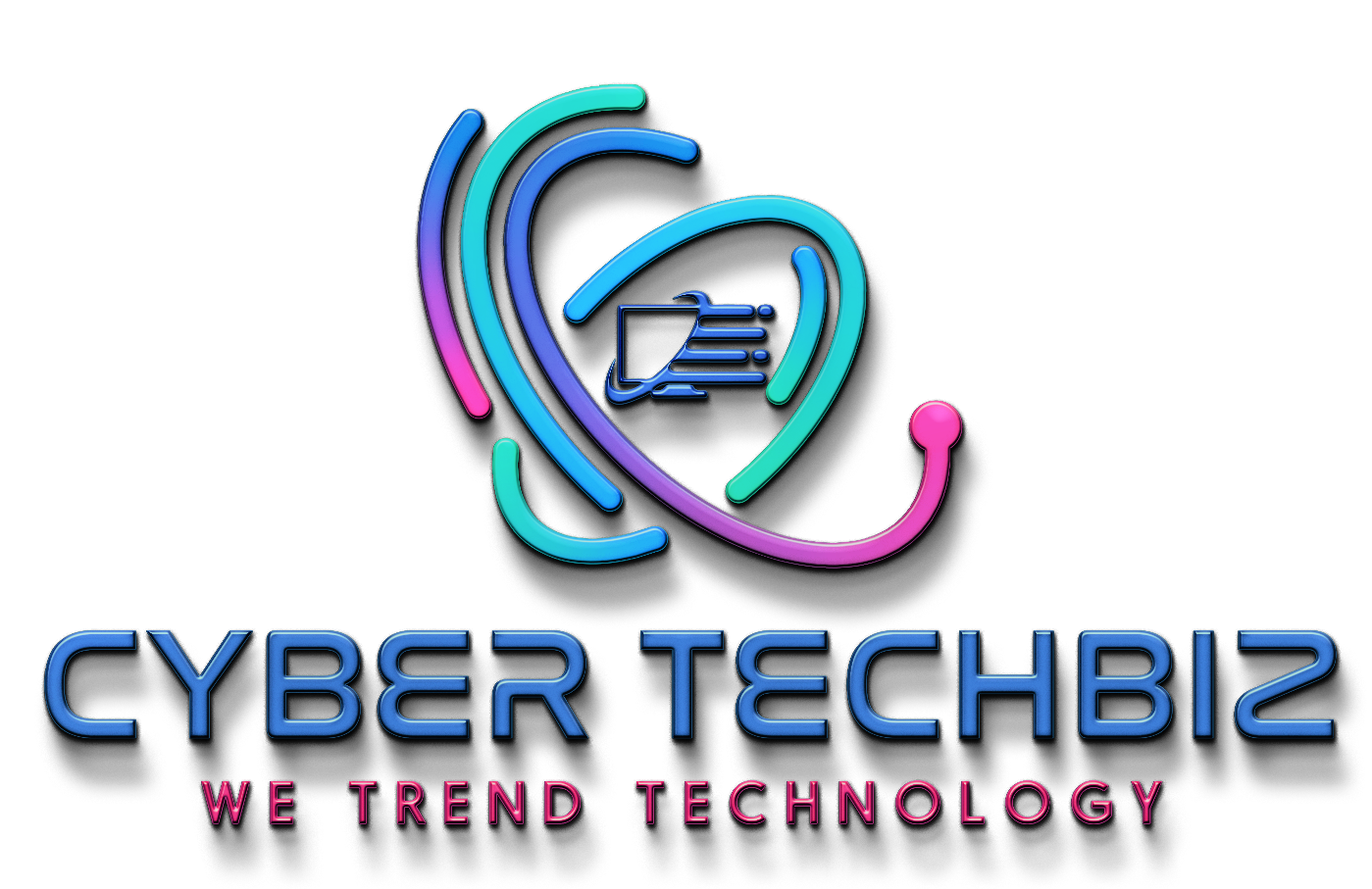- Operational excellence
- Security
- Cost optimization
- Reliability
- Performance efficiency
- Sustainability
The framework helps in implementing the financial controls (FinOps) that we will discuss separately, management of workloads (BaseOps) and security controls (SecOps). At this point in the journey, the timing is right to set up a cloud Center of Excellence (CoE) practice, join hands with cloud engineers, architects and the DevSecOps community and publish the customized version of a well-architected framework that fits the individual company needs and establishes a standard artifact. This serves as a baseline to drive cloud adoption and getting started with a shifting mindset on how to ‘make money with cloud’ and not just cost savings alone.
It’s a good idea to establish a governance policy supporting the framework. This includes the creation of landing zones, defining the VPN, gateway connections, network policies, storage policies, hosting key services within a private subnet and setting up the right IAM policies (resource policies, setting up the organization, deletion policies). Creating awareness of the policy of least privilege and addressing frustrations when cloud users ask for more to play with, and as a cloud CoE team, you are rightfully holding your ground that comes with it. The cloud CoE team should collect feedback from the users and tweak policies along the way as they deem fit. As the enterprise user community matures through this learning curve, the CoE team has a pivotal role to play in engaging them proactively, supporting them, meeting their needs and helping them address their pain points to lay a strong foundation for building a robust cloud infrastructure that is scalable to deliver business value.
Partnering with the enterprise architecture team in this stage of the cloud journey can speed up cloud maturity and buttress the foundation further on solid bearings. The cloud CoE team of architects should work with the EA to align with the reference architecture patterns that the CoE team would like the application teams/product teams to follow in their solution design. This strategic and collaborative work serves as a blueprint for the architects to ‘show and tell’ the concept of designing cloud-effective solutions and shape mindsets towards the ‘making money with the cloud’ vision. Every company that wants to succeed in scaling AI solutions and capabilities today needs to get this design thinking working for them. Otherwise, it’s like the story of ‘sour grapes’ with high cloud cost bills coming their way with little value added in the AI domain as it has been for a lot of companies in 2024.

